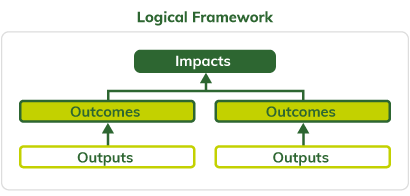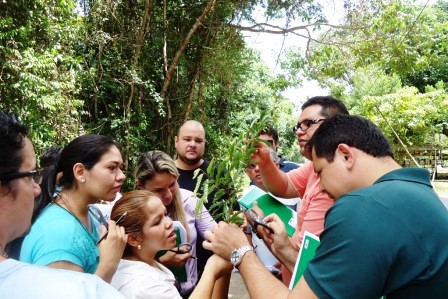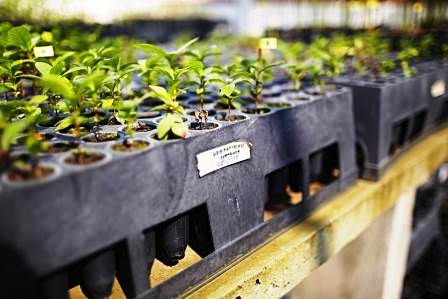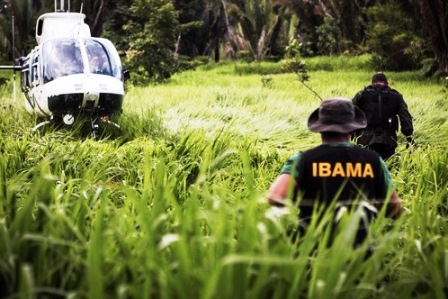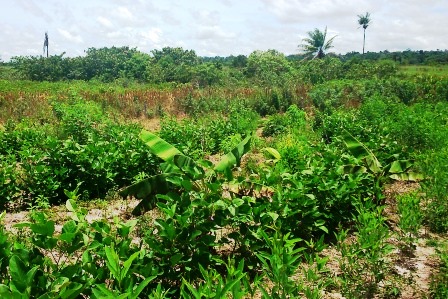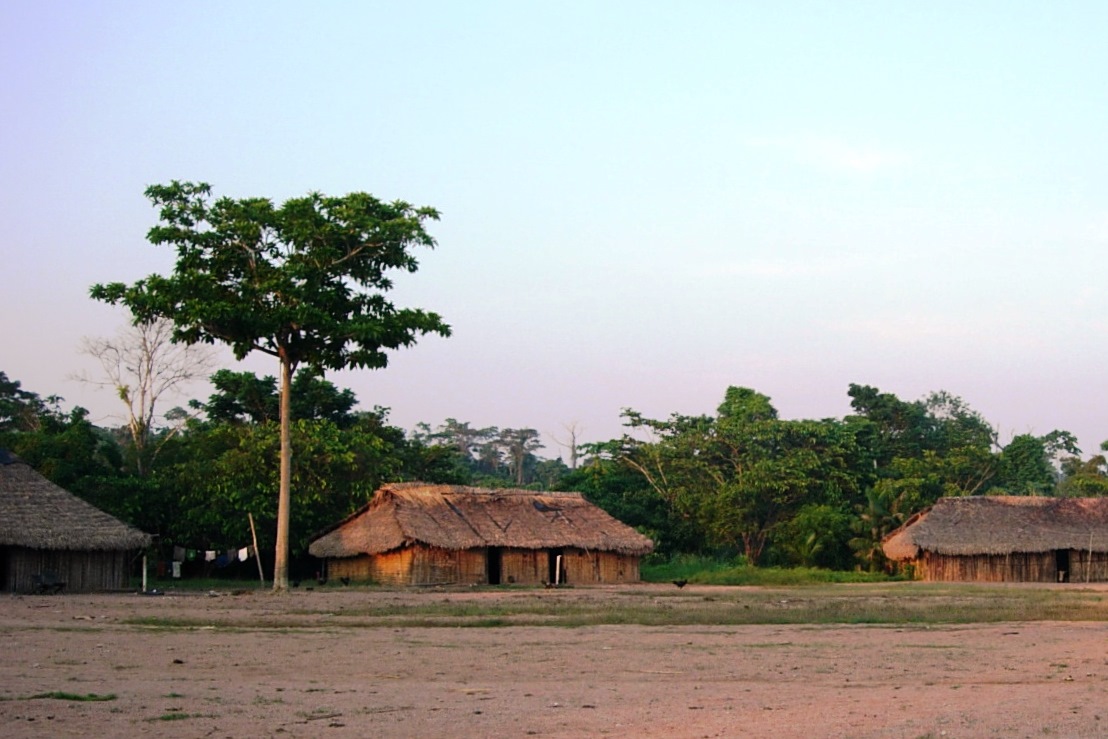INSTITUTIONAL AND ADMINISTRATIVE ASPECTS
The project Olhos d’Água in the Amazon, among others, had the following partners: the State University of Mato Grosso (UNEMAT), the Life Center institute (ICV), the Ouro Verde institute (IOV), the Avina Foundation, INCRA, the Brazilian Farming and Cattle-raising Research Company (EMBRAPA), SEMA-MT, the Municipal Secretariat of Agriculture in Alta Floresta and the Alta Floresta Rural Union.
In the scientific field, UNEMAT was key to collecting botanic data. In the technical area, the ICV, the IOV, the Avina Foundation, INCRA, SEMA-MT and Embrapa contributed with know-how in their respective areas. Embrapa also made available it technical team for specialized technical follow-up.
INCRA signed a term of commitment to speed up the analysis of rural georeferencing processes sent to obtain the rural property certificate that it issues. In its turn, together with SEMA-MT a partnership was established to effectively carry out environmental regularization of the municipal territory through adherence to the CAR.
INDICATORS FOR RESULTS AND IMPACTS
Main indicators for the project:
- Number of properties that managed to protocol their request for CAR at SEMA-MT
Some 2,801 rural property requests for CAR were protocolled, meaning some 82% of the Alta Floresta municipal area was registered.
The municipality of Alta Floresta, in 2008, was included on the list of priority municipalities for efforts to prevent and control deforestation in the Amazon, which gave rise to restrictions on rural producers in this city, even in terms of credit. The municipality was included on this list due to the total area that had been deforested and the increasing rate of deforestation.
To be removed from the list of municipalities that deforest most in the Amazon and to be seen as having deforestation monitored and under control, the municipality had to meet several criteria. One was that 80% of its territory (excluding public Conservation Units and registered indigenous land) containing rural properties would be monitored by the CAR.
Once implemented, the project managed to meet this and other criteria so that Alta Floresta could be removed from the list of the cities that most deforest, which occurred in 2012 by means of the Ministerial Order Nº. 187 issued by the Ministry of the Environment.
The project’s goal was to recover 1,200 hectares. The project is in the process of recovering 1,738 hectares.
- Number of demonstrative units implemented
Some 20 demonstrative units were implemented in four sectors of the municipality of Alta Floresta, with grazing rotation activities totaling 80 hectares and the recovery of 101 hectares of degraded areas through the use of agroforestry systems. On the 20 properties that benefited directly from the project, the rate of animal per hectare improved, going from one to three head of cattle per hectare, an increase of 300%.
- Number of families and people benefiting
Some 10,992 people (2,748 families) benefited directly, of which 6,705 were men (61%) and 4,287, women (39%).
Another monitored indicator is the annual deforestation rate in the municipality of Alta Floresta, measured by the National Institute for Space Research (INPE) (Following table).
- Annual Deforestation Rate in the Alta Floresta Municipality
|
Year
|
Annual deforestation in km2
|
|
2002
|
132.6
|
|
2003
|
126.2
|
|
2004
|
230.9
|
|
2005
|
124.9
|
|
2006
|
97.1
|
|
2007
|
61.4
|
|
2008
|
15.3
|
|
2009
|
7.2
|
|
2010
|
3.0
|
|
2011
|
5.8
|
|
2012
|
1.6
|
The table above shows a substantial drop in deforestation since 2006, as a result of public policies aimed at combating deforestation which were implemented as of 2004. In the year immediately preceding the support from the Amazon Fund, that is, in 2010, annual deforestation in the municipality of Alta Floresta was 3 km2. In 2012, deforestation measured by INPE was 1.6 km2, that is, there was a fall in deforestation over this period.
Other indicators used by the project:
- Number of producers trained to implement agroforestry systems: 1,720
- Number of rural properties benefiting from the recovery of deforested areas through the use of agroforestry systems, conventional planting and/or natural regeneration: 1,314
- Number of calls attended from rural producers requesting technical assistance: 5,600
- Number of staff members of the Municipal Secretariat of the Environment that were trained in monitoring based on geo-processing techniques: 17
- Number of properties that were mapped out using georeferencing and that are now ready to register on the CAR: 3,361
- Number of property perimeters that were mapped out using georeferencing to obtain the rural property certificate issued by INCRA: 1,220
SUSTAINABILITY OF RESULTS
The project Olhos d’Água in the Amazon was key in removing the municipality of Alta Floresta from the list of cities that deforest most in the Amazon. The federal government established that municipalities removed from this list would be classified as having deforestation monitored and under control. In these cities, allocating economic and fiscal incentives should prioritize plans, programs and projects aimed at fostering sustainable economic and social development.
Seeking to continue and expand the results of the project Olhos d’Água in the Amazon, on May 9, 2013, the municipality of Alta Floresta was awarded further support from the Amazon Fund, under the project Olhos d’Água in the Amazon – Phase II, which aims to recover degraded areas, implement environmental regularization of rural properties with family farming, increase INCRA’s certification of rural properties, and support the development of sustainable production development.
To access the effectiveness evaluation report of the "Amazon Water Springs" project click here. This assessment was carried out by a team of independent consultants, under the coordination of the Deutsche Gesellschaft für Internationale Zusammenarbeit - GIZ. All opinions expressed are the sole responsibility of the authors, not necessarily reflecting the position of GIZ and BNDES.
